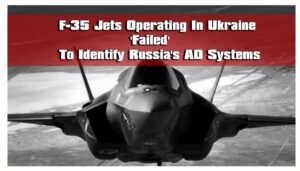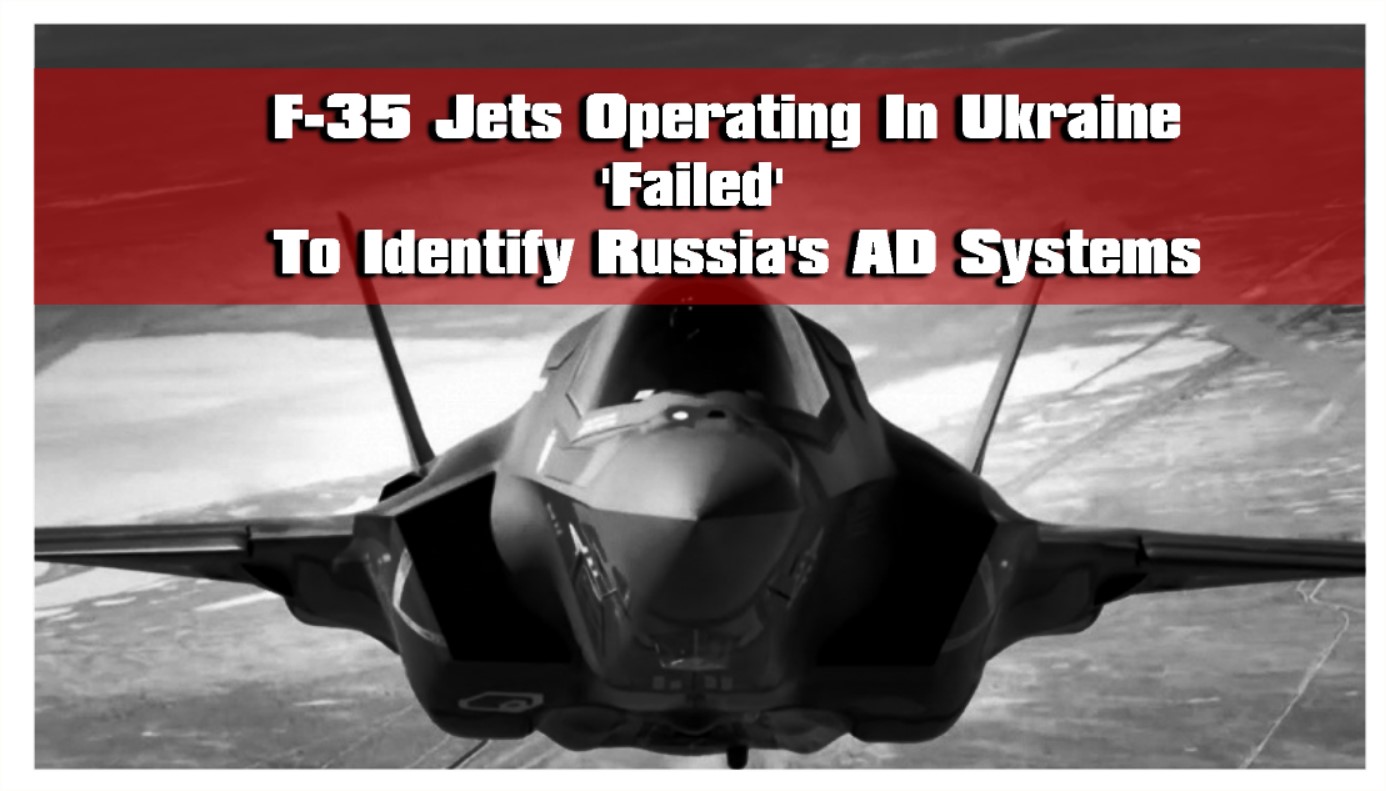
Since the early months of Russia’s invasion of Ukraine, the F-35 Lightning II stealth fighters have been patrolling the airspace over NATO’s eastern flank. These fighters are purportedly required to gather vital intelligence in addition to their stated air policing missions.
At the start of Russia’s invasion of Ukraine, US Air Force F-35 stealth jets were stationed at the eastern frontier of NATO for air patrol operations that involved looking for surface-to-air missile systems and aircraft, Air Force Times reported after an interaction with officials from the 388th Fighter Wing.
The goal of these F-35 stealth jets was to gather as much electronic data as they could from the aircraft and surface-to-air missiles dotting eastern Europe for NATO to better understand the threat landscape in the region. Moreover, they could act as an additional force if the war spilled over to neighboring NATO countries.
San Diego-based systems engineering specialist in radar, sonar, and satellite communications Stephen Pendergrast said AD radars war and training modes also have different pulse repetition frequencies or other modulation parameters.
“Militaries use Electronic Support Measures (ESM) that have a library of modulation parameters their adversaries use in peacetime to classify an emitter,” Pendergrast told the EurAsian Times.
This means the S-300 has additional peacetime modes that the US has not previously recorded. Former Pakistan Air Force (PAF) J-7 fighter pilot Squadron Leader Ali Hamza says if the F-35 cannot detect the S-300, “then it means the S-300 is also a complex challenge.” But he also points out that even the F-35 EW capabilities are still unknown.
Therefore, it can be concluded that Russia had anticipated the F-35s would try to identify and build a Russian radar picture, given their heavily advertised EW/ELINT role. They used a peacetime frequency that the West has not yet recorded.

